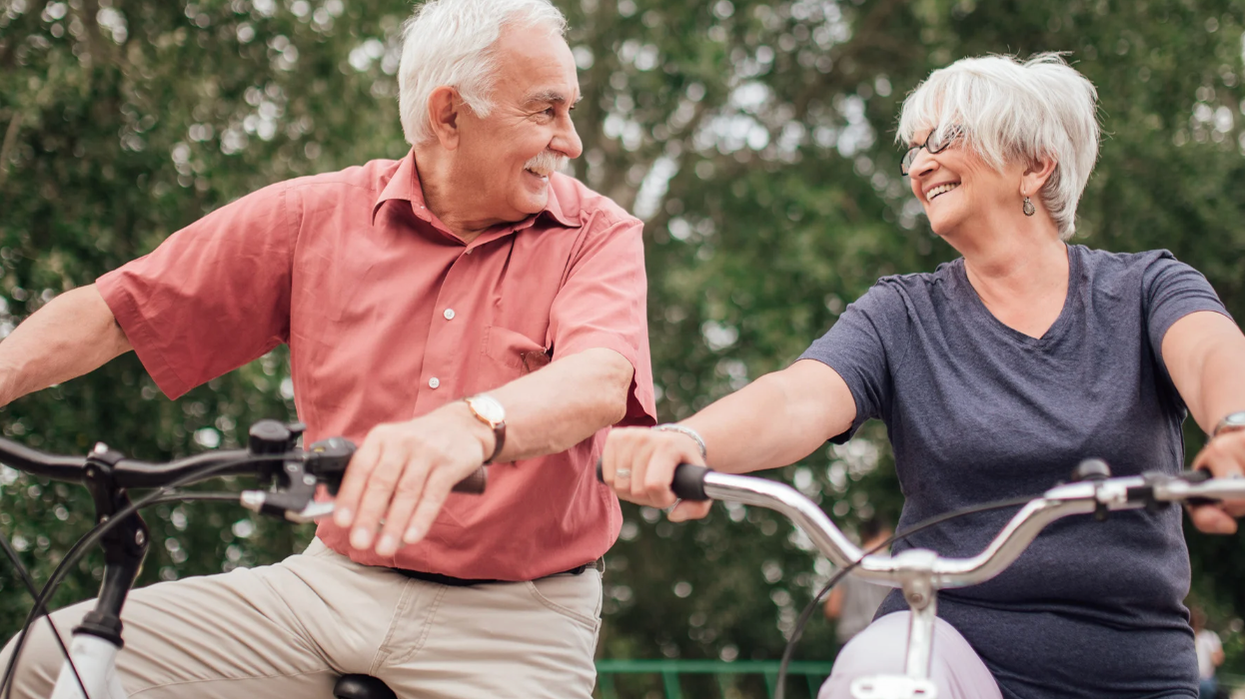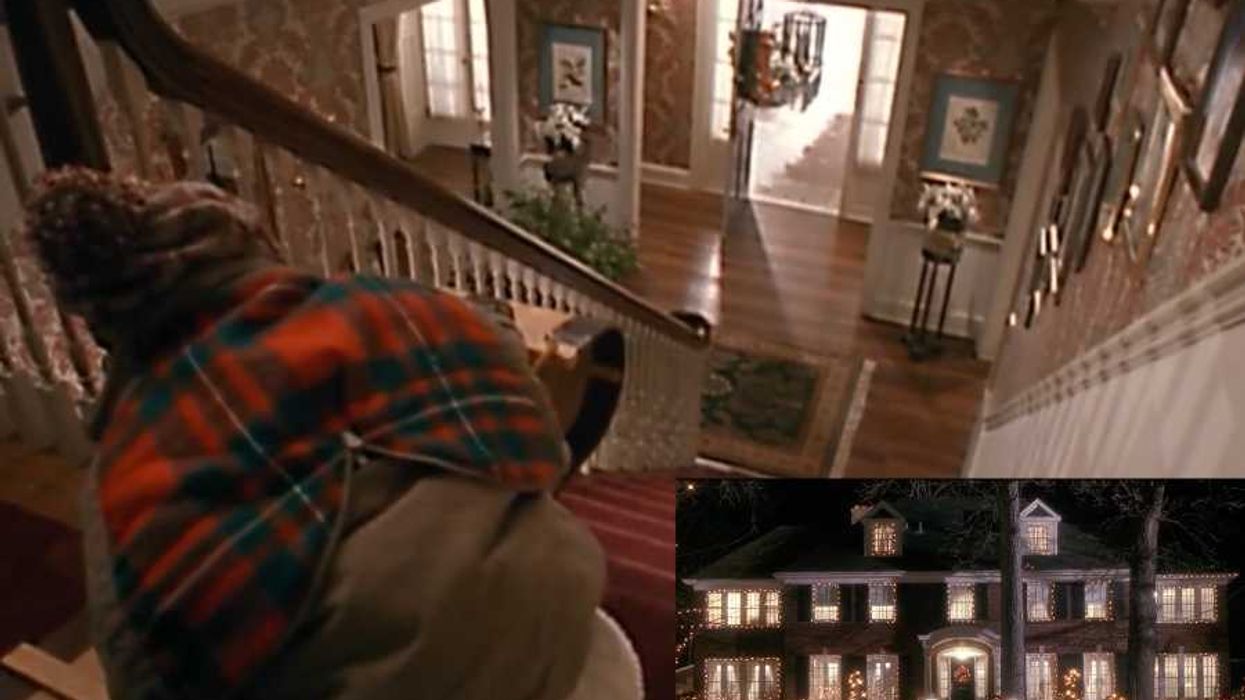Over the last few months, we’ve been inundated with images of peaceful crowds of people clashing with police forces decked out in riot gear. The majority of images came from the Ferguson protests and some of the demonstrations that followed.
But we also see the same sort of dynamic even in much less tense, relatively trivial situations. For example, after Ohio State’s victory in the first NCAA football championship, fans were tear-gassed en mass, some at point-blank range, while celebrating in the streets of Columbus.
The event drew some comparisons to the Ferguson protests. Most of those contrasted the media treatment of OSU fans, who were referred to mostly as “celebrants” and other relatively benign language, rather than rioters.
These incidents have raised all kinds of very good questions about the militarization of police and the use of force. But these very different incidents also demonstrate something else: A tension between the state’s control of the streets and the right to assembly and free speech.
According to the Columbus Dispatch, there were a number of dumpster fires on OSU’s campus following the historic win, and a couple couch fires as well. However, none of the fires advanced to major, alarm-level size and most occurred on residential streets further north, not on High Street, where police unloaded tear gas weapons on peaceful, albeit intoxicated, fans. Again, echoing Ferguson, they even hit some members of the media that were there on assignment.
When they were gassed, “Most people on campus seemed to be celebrating without major problems,” the Dispatch reported. The reason police tear gassed fans in the streets, at least according to the Dispatch, is because they wouldn’t clear the streets and move onto the sidewalks.
The heart of the issue lies in people’s right to gather in the streets, which, in fact, shouldn’t really be an issue. Streets are public spaces and in the U.S. at least, our right to assemble in pubic spaces is constitutionally protected—unassailable. Streets have been gathering places for people since the beginnings of civilization. More recently, we saw streets and central squares become important organizing centers in the protests that sparked the Arab Spring as well. Or consider, on a happier note, the iconic image of a sailor, dipping a nurse and kissing her in joy in the center of Times Square on V-day, marking the end of World War II. Try to imagine instead of that celebratory scene, the police force arresting V-day crowds because they were delaying rush hour commuters.
It’s only relatively recently in the United States, that all of our streets’ historic purposes—commerce, socializing, playing—were subsumed by one activity: driving.
Fast-moving cars in particular destroyed the street culture that had flourished in cities worldwide for centuries. But it wasn’t until the 1920s that this idea—streets are places for cars, not people—emerged in the United States, and only after a very purposeful public relations campaign by auto companies.
As that idea became enshrined into public consciousness, it has come to restrict collective expression—be it of joy or anger—by making streets, long the most obvious place for citizens to freely gather, off limits. Court rulings have established, for example, that the First Amendment’s right to assemble applies to streets, but only if protesters get a permit, essentially requiring official permission to protest. Even protesters that use public sidewalks—one of the last remaining places where these types of gatherings are allowed—have had to fight for their legal right to occupy these spaces. For example, during the Ferguson protests, police insisted demonstrators walk on the sidewalks, rather than stand on them, until a Federal Court intervened on protesters’ behalf.
The right to gather spontaneously, to protest or to celebrate, is an essential part of democracy and community, and that’s ostensibly why it’s enshrined in the U.S.’s founding documents. There is no similar right to unimpeded motion in a car and certainly not on every street at every hour of the day.
The streets belong to the people, and while most of the time they are still going to be used as thoroughfares for vehicles, there are occasions where they have higher and more important purposes. When police or the state interfere with those rare, historic moments of spontaneous, collective expression, or use violence to dispatch with them, something has gone fundamentally wrong.
















 Otis knew before they did.
Otis knew before they did.